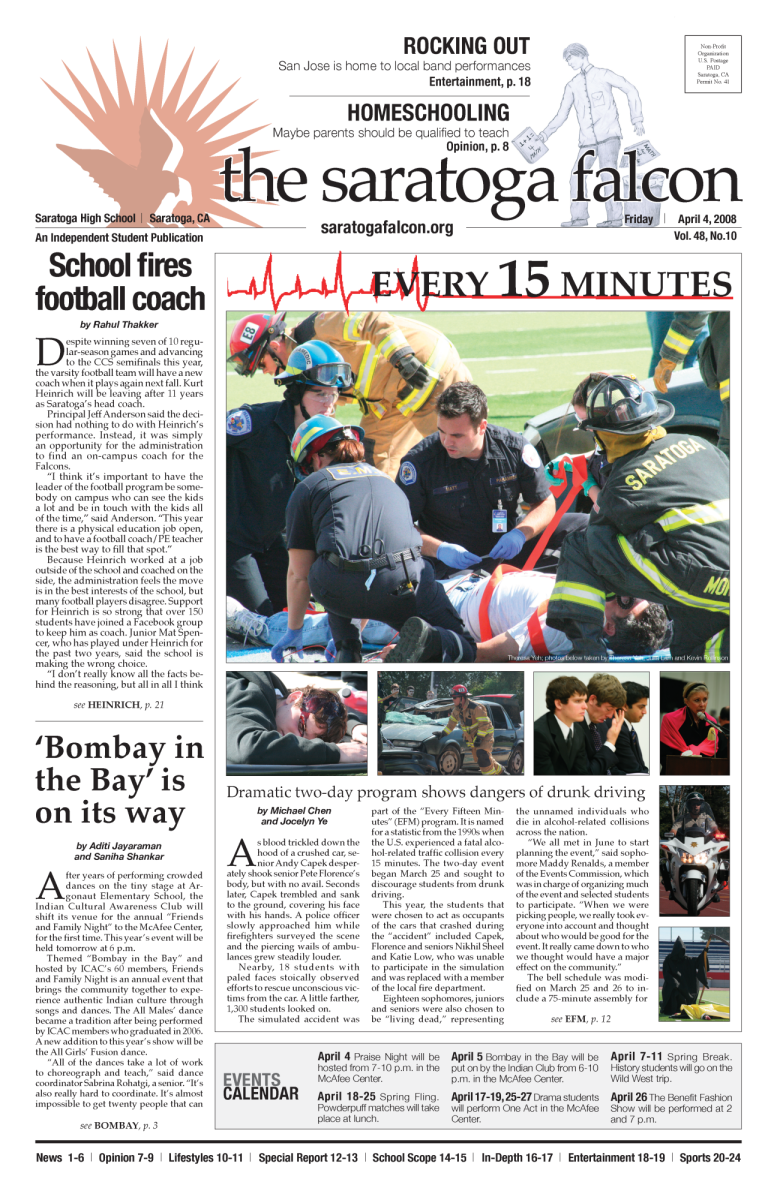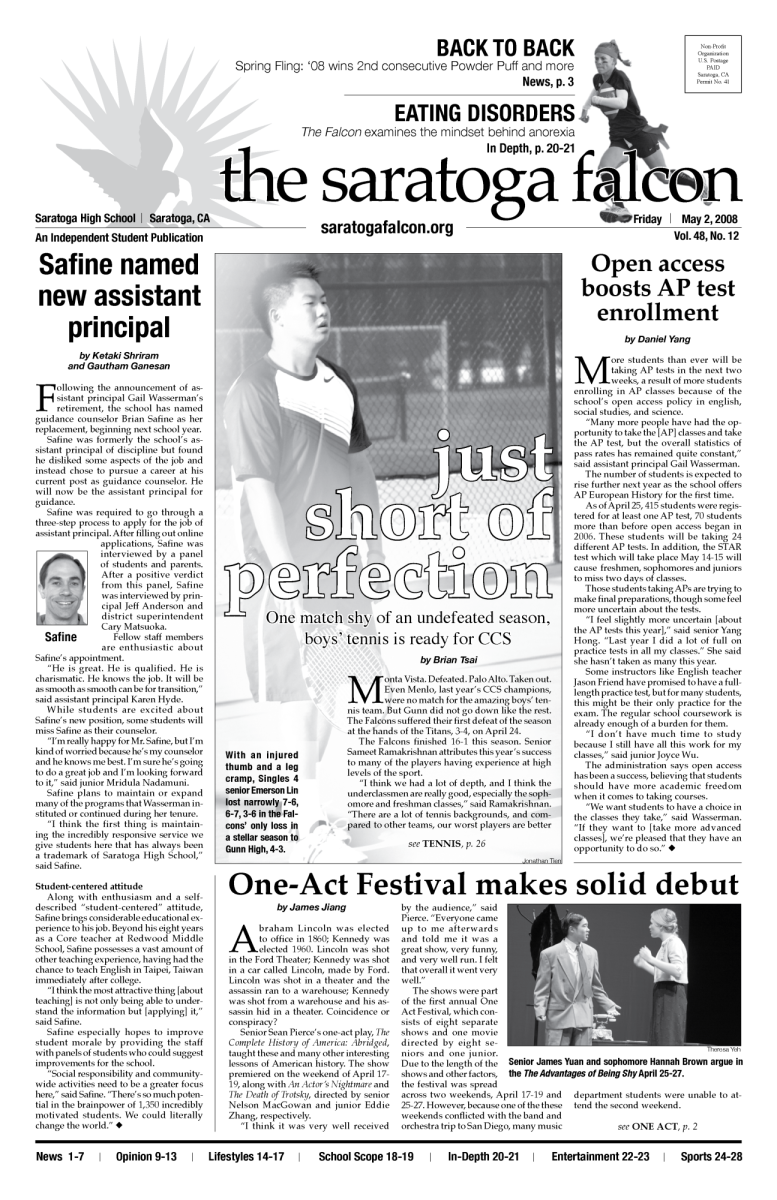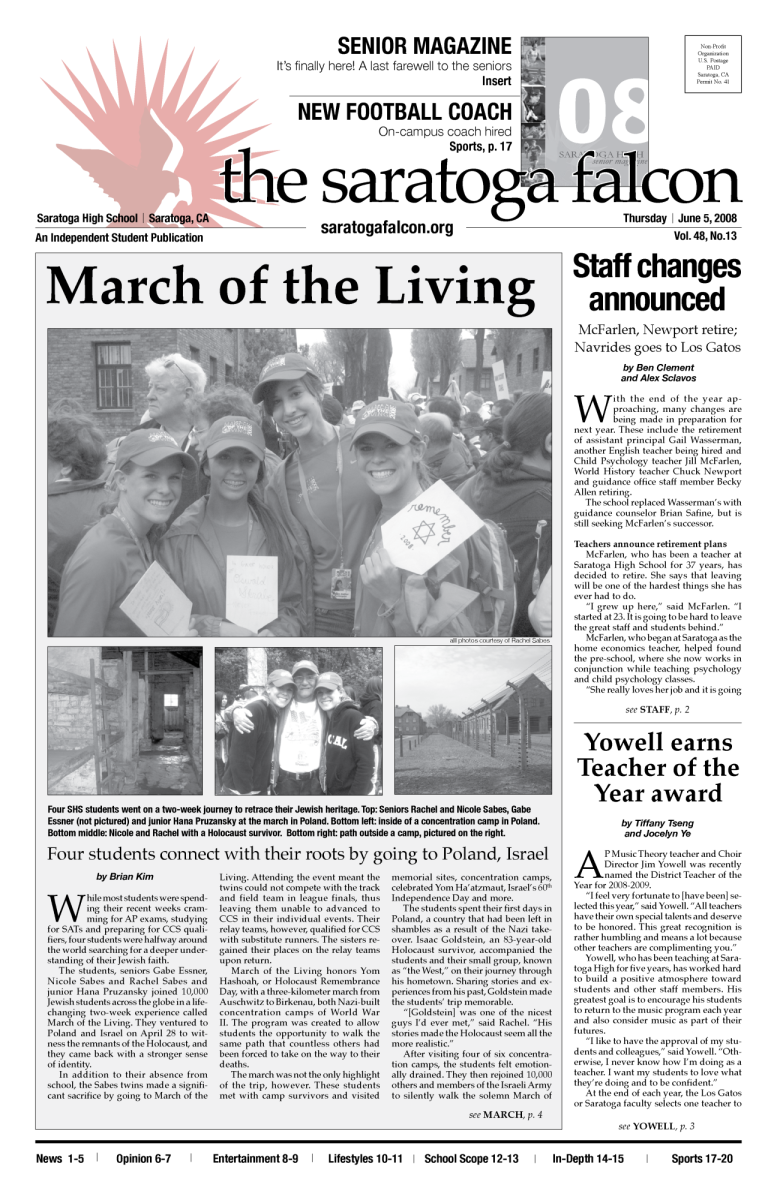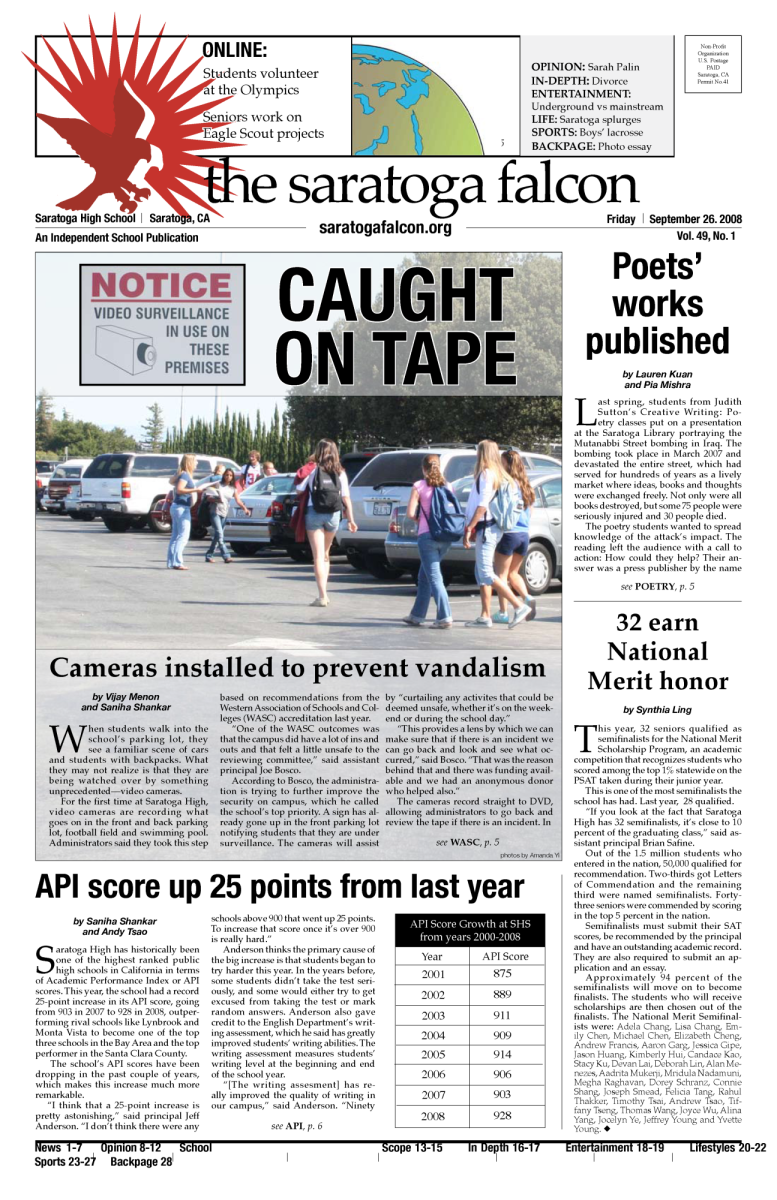Senior Emily Lowdermilk, a member of the tech crew, does her work off stage and rarely receives the applause reserved for actors in shows. And that's the way she likes it.
“I joined tech because I wanted to know more about behind-the-scenes work, and I had already been involved in the drama department all four years,” Lowdermilk said.
Being part of tech is extremely time consuming. As a student technician, she does not have one set role; rather, she has to invest time and work in anything related to behind-the-scenes work whether it’s lighting, sound design or set building.
The tech crew of nine has begun its preparations approximately one month before the musical, creating and painting sets and blocking the lighting. Usually, they work on Tuesdays and Thursdays throughout seventh period until 6:30. During the weeks closer to the show, however, tech calls can go as late as 10 or 11 p.m. every day until the show date.
When starting production for a mainstage musical like “The Mystery of Edwin Drood,” which plays April 24, 25, 26, and May 1 and 2, tech begins work in the tech shop. This room, tucked away in the band quad, houses all of the power tools and building supplies that are needed to produce sets. Sets consist of mainly wooden structures made from using tools such as circular saws, pneumatic staple guns, drills and drivers.
After the initial structures and set pieces are built, the crew moves into the McAfee Center for the last three weeks of the production process. This process is called “load in” and involves moving not only the built pieces, but also all of the tools from the shop needed to complete the set as well as extra materials that the crew may need later. Load in normally takes up a full Sunday.
All the work with power tools is guided by Adrian Stapleton, the McAfee’s manager.
“[Stapleton] teaches us everything from scratch like building, painting, lighting, sound,” senior crew member Anne Witkowski said. “He gives us opportunities to lead projects on our own and contribute ideas to the set.”
For “ Drood,” the tech crew will be creating box seats on stage for the audience members to watch the performance from. Tech will be building the seats out of wooden platforms and and placing them on stage left and stage right. Each box the crew builds will fit approximately three people and allow them to view the show from a new perspective. Just like every other seat, people can buy tickets to sit in the boxes on stage.
Until rehearsals begin in the McAfee, the cast and crew work separately. The cast practices in the Thermond Drama Center while the crew does its work in the scene shop.
On the day of the actual show, however, communication between the cast and crew is vital. The crew keeps headsets to communicate between backstage and the booth and helps the cast make quick changes as well as notify them of any last minute changes. For example, if a microphone on stage stops working, the cast and crew must work together to figure out which actors will share mics with each other to avoid any mishaps on stage.
For “Drood,” especially, the cast and crew must be in constant communication during the show since the ending of the show will change with every performance based on the audience’s vote of the direction of the plot. The cast and crew must ensure that everyone in the show knows which ending is being performed so the cues, lighting and songs are correct.
“My goal as a director — just to make it more exciting — is to communicate all of this information in a way that won’t be obvious to the audience,” director Sarah Thermond said. “The students so far are really excited about the idea of using stealth to make sure that all of the cast and crew are on the same page.”



























